A team of researchers has recreated a portrait of an ancient man who lived tens of thousands of years ago based on remains found in a cave in France.
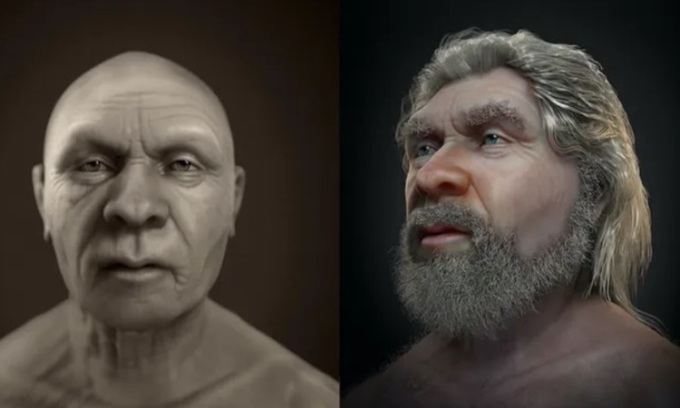
The French cave man has many Neanderthal features. Photo: Cícero Moraes
In 1908, a group of Catholic monks discovered the remains of a man buried inside a cave in the province of La Chapelle-aux-Saints in south-central France. The skeleton was almost complete, missing only a few teeth, and researchers nicknamed it "the old man." However, the results of scientists ' tests revealed that the remains were not modern humans ( Homo sapiens ) but Neanderthals, an ancient human species that became extinct about 40,000 years ago.
The skeleton has many of the hallmark features of Neanderthals, including oversized brow ridges, a flat skull base, and large eye sockets, according to the University of Texas at Austin's Department of Anthropology's eFossils.com website. Now, 115 years later, forensic artists have created a digital facial reconstruction of the man, estimated to be around 40 years old, to help visualize what he looked like when he lived between 47,000 and 56,000 years ago. The team presented the reconstruction at a conference organized by the Italian Ministry of Culture in October, Live Science reported on November 7.
To estimate the face, the forensic artist used an existing computed tomography (CT) scan of the skull, then entered measurements along the Frankfort transverse plane (a line that runs from the bottom of the eye socket to the top of the ear) based on skulls from a donor database. This provided the team with the skeleton needed to create the facial shape. Next, the artist used markers for soft tissue thickness from a living donor to build the skin and muscle of the “old man.” They enhanced the reconstruction to make it look more lifelike by adding details like skin and hair.
"We created two images, one more objective with a sepia-toned chest and the other more speculative, with a beard and hair," said study co-author Cícero Moraes, a Brazilian graphic artist. "The reconstructions show that Neanderthals were quite human-like, but at the same time different, with strange features such as the lack of a chin."
While this isn’t the first time artists have attempted to recreate the face of a Neanderthal, previous inaccurate reconstructions have resulted in images resembling primates, such as a 1909 painting by Czech artist František Kupka. Using digital CT scans has allowed the team to improve the accuracy of their reconstructions and provide new insights into our close relatives.
An Khang (According to Live Science )
Source link



![[Photo] Cat Ba - Green island paradise](/_next/image?url=https%3A%2F%2Fvphoto.vietnam.vn%2Fthumb%2F1200x675%2Fvietnam%2Fresource%2FIMAGE%2F2025%2F12%2F04%2F1764821844074_ndo_br_1-dcbthienduongxanh638-jpg.webp&w=3840&q=75)








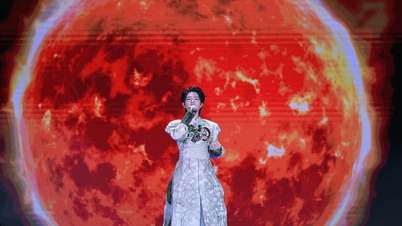

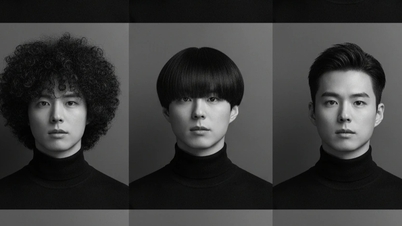










![[Video] Vietnam pioneers in building a legal framework for artificial intelligence](https://vphoto.vietnam.vn/thumb/402x226/vietnam/resource/IMAGE/2025/12/05/1764896569407_1764674648895-jpg.webp)


















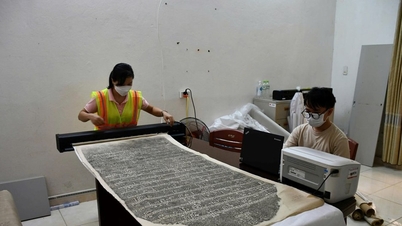




















![[VIMC 40 days of lightning speed] Da Nang Port: Unity - Lightning speed - Breakthrough to the finish line](https://vphoto.vietnam.vn/thumb/402x226/vietnam/resource/IMAGE/2025/12/04/1764833540882_cdn_4-12-25.jpeg)

































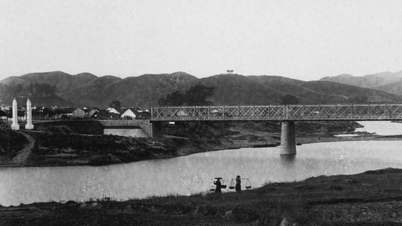















Comment (0)